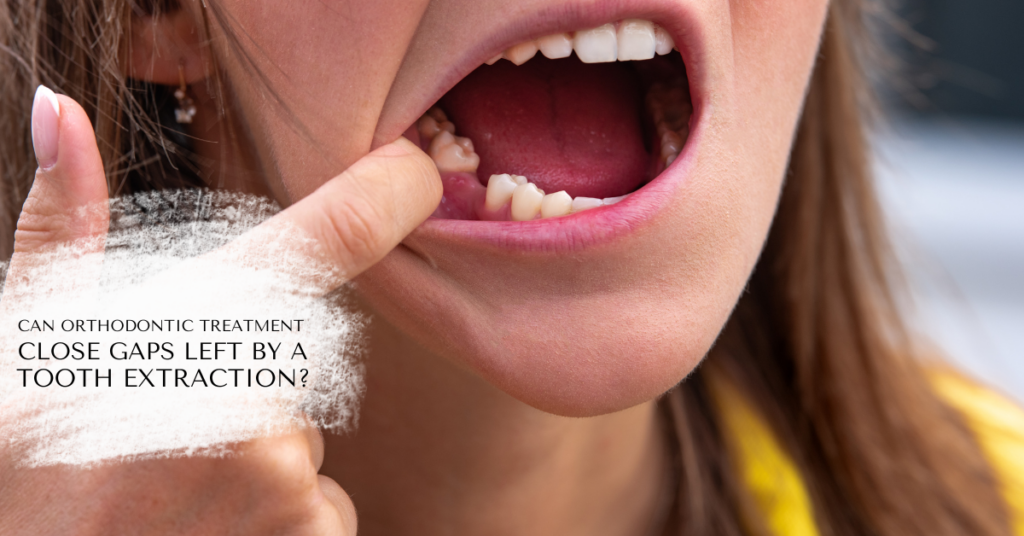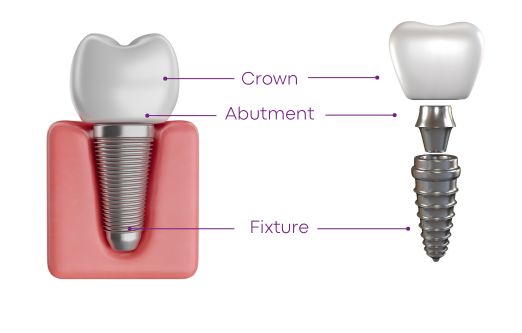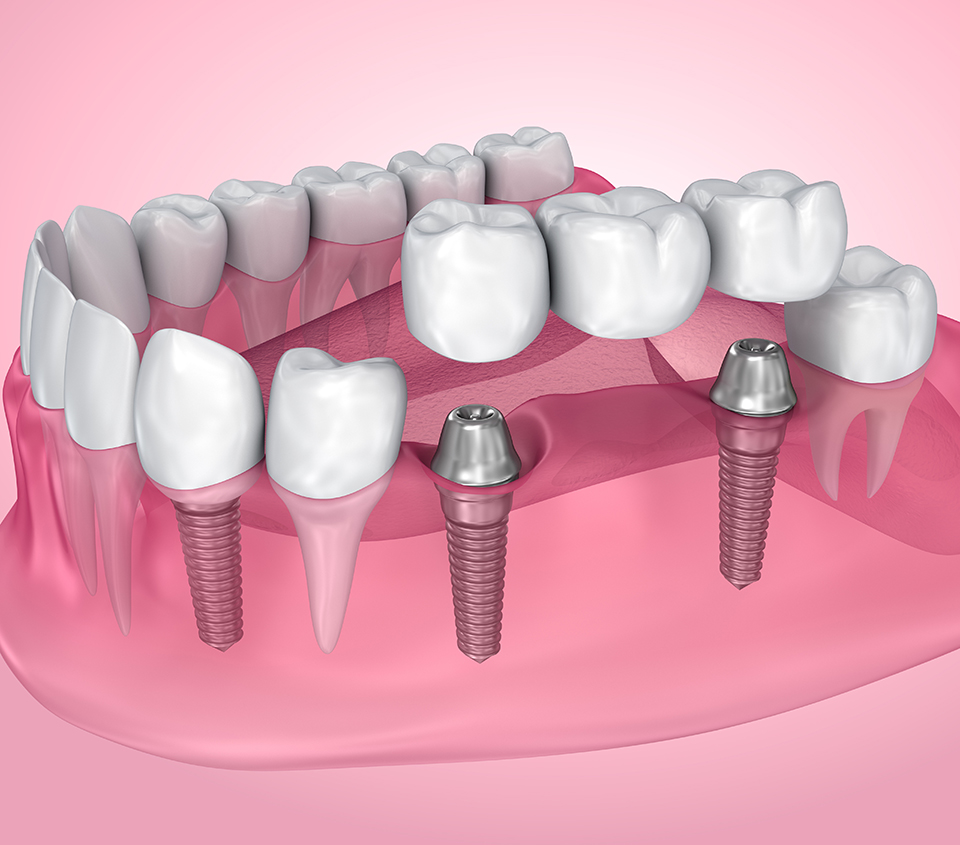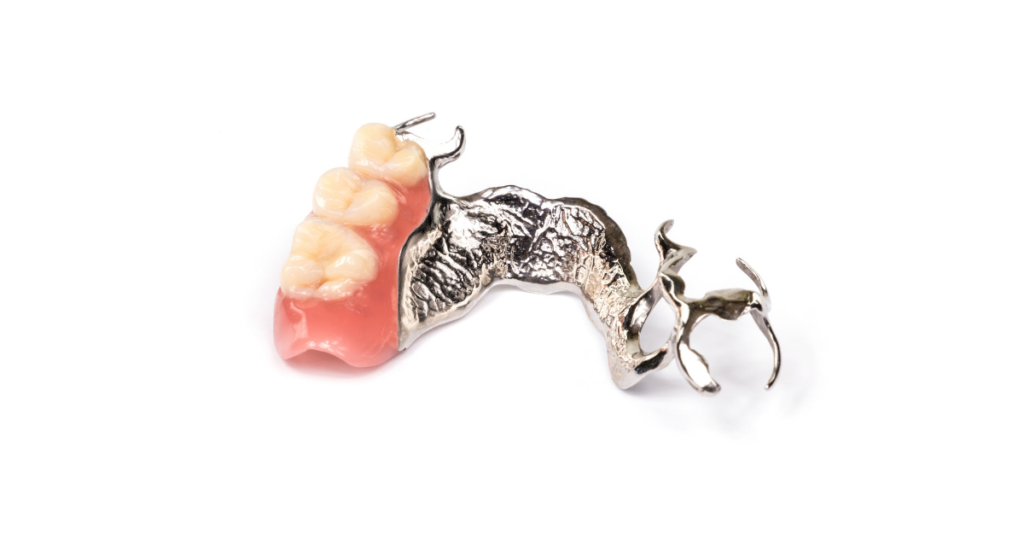Article reviewed by:
Dr Soh Shean Han • Orthodontist

Tooth extractions can leave noticeable gaps, impacting your smile and overall dental health. If you’re wondering whether orthodontic treatment can close these spaces, the answer depends on several factors.
Braces or clear aligners can gradually shift teeth to fill the gap, restoring alignment and function. However, the best approach varies for each individual and requires a thorough evaluation by a dental professional.
Table of Contents
How does orthodontic treatment help to close an extraction gap?
Orthodontic treatment, such as braces or clear aligners, move surrounding teeth into the space left by an extraction by applying controlled pressure. Over time, teeth gradually shift to close the gap.
This is particularly effective when there is healthy bone structure to support tooth movement. Closing the gap with orthodontic treatment also helps to prevent other teeth from shifting unpredictably in the future, which can lead to misalignment or bite issues.
Ideally, orthodontists recommend space closure, especially in younger patients, to refrain from the need for lifelong maintenance of a prosthesis (“artificial teeth”).
Can every extraction gap be closed with orthodontic treatment?
While orthodontic treatment is a great option for certain cases, not every extraction gap can be successfully closed with braces or clear aligners. Factors such as the location and size of the gap, the position of surrounding teeth, and the quality of the bone in the extraction site all play a role.
In some cases, the gap may be too large for orthodontic movement alone, requiring additional treatments like prosthetics or dental implants. Additionally, if closing the gap would cause bite misalignment or functional issues, alternative treatments may be recommended.
Challenges of closing extraction gaps with orthodontic treatment
Closing an extraction gap with orthodontic treatment can be complex due to several challenges:
- Bone resorption (“shrinkage”) – if the extraction site has experienced significant bone loss, moving teeth into the area may be more difficult.
- Longer treatment time – closing a large space takes time, and patients must be committed to the duration of the treatment process.
- Aesthetic outcome – if the space is located between the front teeth, closing the space can change the smile aesthetics. Case suitability will require a thorough evaluation by an orthodontist.
- Potential bite changes – as teeth are moved to close the gap, requiring careful planning by an orthodontist.
- Risk of root resorption (“shortening”) – excessive movement of teeth can occasionally cause root shortening, which needs to be monitored.
Alternatives to orthodontic treatment
While braces and aligners can be effective, other dental treatments may be recommended depending on your dental condition:
- Dental Implants – An artificial tooth is supported by a bone screw, which eliminates the need for adjacent teeth to provide support.

- Dental Bridges – A prosthetic tooth anchored by adjacent teeth to fill the gap.

- Partial Dentures – A removable option for replacing single or multiple missing teeth.

Importance of consulting an orthodontist
Every individual’s dental needs are unique, it’s important to consult an orthodontist to determine the best course of action. A dental examination can help decide if orthodontic treatment is the right choice for closing the space left by an extraction.
If you’re considering treatment options, schedule a consultation with our orthodontist to explore the best solution for your smile.
Need some dental assistance?
Drop us a text via the WhatsApp icon on the bottom right corner, enquire, or call us at (65) 6733 7883.







